Ever wonder why there’s not enough buzz online about your plumbing website? The answer is in search engine optimization, or SEO for short. SEO is more than simply a fad in the current, fast-paced digital world; it’s a need, particularly for contractors. Accessing your online potential requires an understanding of SEO, regardless of your expertise with leaks or electrical peaks. A basic introduction to SEO designed for tradespeople. What then? With its perceptive analytics, Plerdy is essential to forming your digital strategy. Come along as we reveal doable strategies to improve the internet appearance of your business and create amazing, working websites.
Recognizing the Fundamentals of SEO for Trading

Does SEO seem to you to be a high-tech riddle? Revise your thinking. It holds the secret to releasing the internet trading potential of your business. Let’s streamline SEO so it benefits you, the tradesman.
Why Tradesmen Should Care About SEO
Not only technical speak, SEO, or search engine optimization, is your online business card. Search engines like Google should find your website appealing. Reasons? That’s where your clients are, after all. They will look for a plumber or an electrician online first. Your presence is guaranteed with a well-optimized website, waiting to be clicked. You have more opportunities to be found online the better your SEO.
Keywords in Trades SEO: An Overview
The SEO secret sauce are keywords. Your clients type these words into search engines. Among tradespeople, these can be “emergency plumbing services” or “affordable electricians in New York.” Making deliberate use of these terms in the text of your website enhances Google’s understanding of your offerings. Still, this is about more than just cramming keywords everywhere. It comes in employing them wisely and in the right situations. Finding the best keywords for your business can be aided by programs like Moz or SEMrush.
Local SEO: Getting Involved in Your Community
Your digital handshake with the local community is local SEO. Optimizing for local searches tells search engines where you are. This covers registering your company on Google My Business, making sure your website references the local locations you cover, and getting local reviews. Tradesmen need to understand local SEO because most of their business comes from their neighborhood. 97% of customers look online for local services, claims BrightLocal.
Finally, knowing the foundations of SEO is not only helpful but necessary for your line of work. It comes down to being seen where your clients are looking. Using keywords correctly and emphasizing local SEO are laying the groundwork for online success. Recall that in the realm of SEO, the best optimization wins out above the largest advertisement. Consider local, start small, and see how your online presence develops.
SEO Optimization for Trade Websites
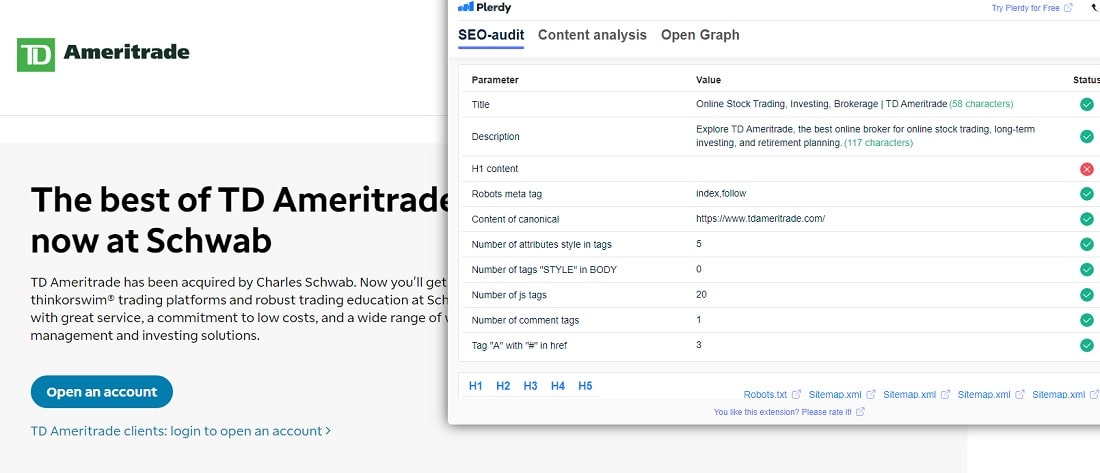
It’s not just an online listing; your trade website is a live, around-the-clock marketing tool, so improving its SEO is crucial. It’s time to improve your online presence in order to reach your intended audience—potential customers looking for your trade services.
Developing Trade Services Website Structure for Best SEO
Give your website’s structure first priority. Think of it as setting up a toolkit, where every tool has a specific location. Your operation areas and trade services should be made very apparent on your homepage. Assign different services separate pages; plumbing and electrical services should be kept apart. Google and other search engines enjoy websites that are easy to use. Study after study, including Toptal research, shows that websites with better organization get more visitors. For trade-related SEO, a logical and intuitive design enhances user experience and prepares your website for search engine crawling.
Trade Website Mobile Optimization: An Essential SEO Practice
With most browsing taking place on mobile devices in the modern digital era, a trade website that is mobile-optimized is essential. Should your website not be mobile-friendly, you run the danger of losing a lot of visitors. Smooth user experience depends on your website adjusting perfectly across a range of devices, which is ensured by mobile-responsive design. Not only is this a cosmetic aspect; Google gives mobile-friendly websites higher search results. The significance of mobile optimization in the SEO plan of your trade website is highlighted by Statista, which notes that over half of all web traffic worldwide originates from mobile devices. Adding intuitive features like bigger buttons, readable typefaces, and fast loading times can enhance the mobile experience.
On Trade Websites, Meta Tags and Descriptions for Improved SEO
Let’s go into meta tags and descriptions on the technical front. These critical snippets display in search results, often serving as the initial interaction with potential clients. While the meta description should succinctly and interestingly summarise the content of the page, make sure your title tag contains your main SEO keyword and company name. These descriptions must be succinct, under 160 characters. One of the most important components of improving SEO for trade websites is writing powerful meta tags and descriptions, which Moz provides in depth.
You have to guarantee mobile optimization, polish the structure of your commerce website, and write meta tags and descriptions with skill to become an SEO professional. This all-inclusive strategy improves the user experience and search engine appeal of your trade website, therefore raising your online visibility to the target trade-focused audience.
Enhancing Trade Websites with Local SEO Strategies
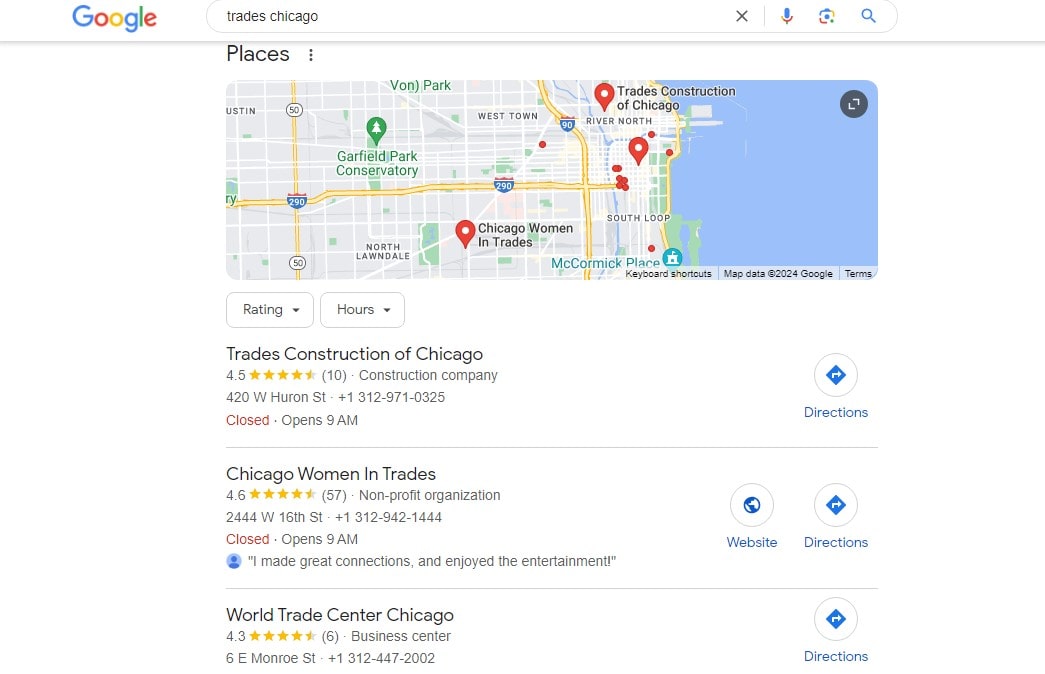
Using local SEO effectively is similar to being the go-to tradesman in the area. It centers on increasing your exposure right where your clients are. Let’s get right to increasing the local visibility of your trade company.
Boosting Local Trade Visibility with Google My Business
One of the mainstays of local SEO for contractors is Google My Business (GMB). It maps out your commercial enterprise. Your chance of showing up in Google’s local search results and the coveted ‘local pack’ is greatly increased with an optimised GMB profile. Claim and then carefully complete your GMB listing, including adding business hours and displaying images of your trade work. Urge your happy clients to write reviews, and make sure you answer each one. It’s important since, according to BrightLocal, most customers read internet evaluations for local companies.
Applying Local Keywords to Trade SEO
Your secret weapon are local keywords. Like “plumbers in Austin” or “Miami electricians,” these are the terms customers look up to locate nearby trade services. Include these terms into the meta descriptions, titles, and content of your website. Find the most relevant local terms for your business using resources like SEMrush or Google’s Keyword Planner. Including regional phrases and landmarks improves your SEO and forges closer bonds with your local audience.
Building Trade Website Local Links
Establishing reputation and relevance in local searches is mostly dependent on tradesmen developing local links. To get backlinks, work with regional companies and trade associations. Promote supporting neighborhood events or writing guest posts for neighborhood blogs; these actions can get you important local backlinks. As noted in Moz’s Local SEO guide, improving local search rankings requires high-quality local links.
Using local SEO goes beyond just being found to include making sure the appropriate people in your area find you. You may embed your firm into the local digital fabric by deliberately using local keywords, building local links, and improving your Google My firm profile.
Utilizing Social Media to Complement SEO Efforts SEO for Trades
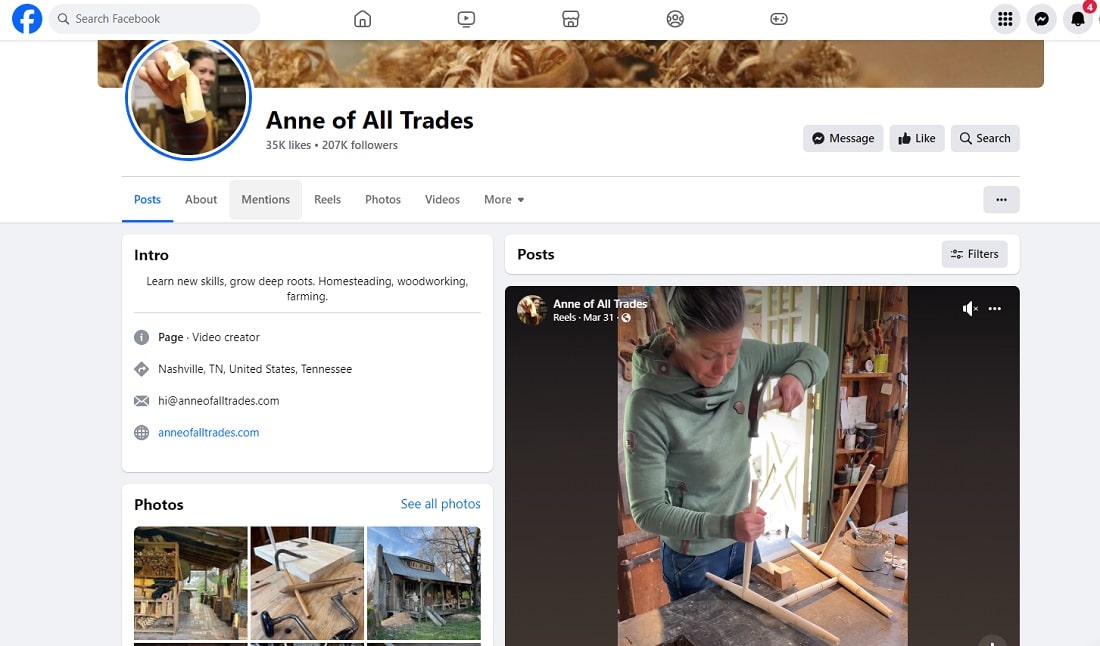
Social media may greatly benefit your SEO efforts and isn’t only for selfies and viral videos. Let’s negotiate the social waters to improve the internet visibility of your business.
Crafting Social Media Shareable Content
On social media in particular, content rules. Your intention? Write articles that your readers will find interesting, helpful, and worthwhile of sharing. Reshare advice, behind-the-scenes looks at your work, and client endorsements. These lift interaction and humanize your brand. Particularly strong is video material; a brief film of a workday or a quick do-it-yourself guide can work wonders. Recall that interesting material encourages people to return to your website, which pleases search engines. As the study from Hootsuite shows, search rankings and social activity are strongly correlated.
Engaging Local Audiences on Social Media
Your direct link to your neighborhood is social media. Make connections to Instagram and Facebook members. Talk about local events, join neighbourhood groups, and answer to comments. Along with developing relationships, this involvement increases your local exposure. Perfect for hyper-local interaction are Nextdoor-style platforms. Connecting with your community on these sites can increase local website traffic and improve your local SEO efforts.
Techniques for Social Media Backlinking
Usually ‘nofollow’, social media connections drive traffic and raise brand awareness even if they don’t immediately improve SEO. Connect your social media accounts to your website. Post blog entries, run specials, and provide links to your website in your communications. As a crucial indicator for search engine ranking algorithms, traffic is increased as a result. For traffic and visibility to be maintained, Sprout Social stresses the need of a regular publishing schedule.
In the digital world of today, using social media into your SEO plan is not just a smart idea but a must. By producing shareable content, connecting with your local audience, and leveraging social media for backlinks, you raise your SEO and establish a powerful, approachable brand.
Advanced SEO Techniques for Trade Websites
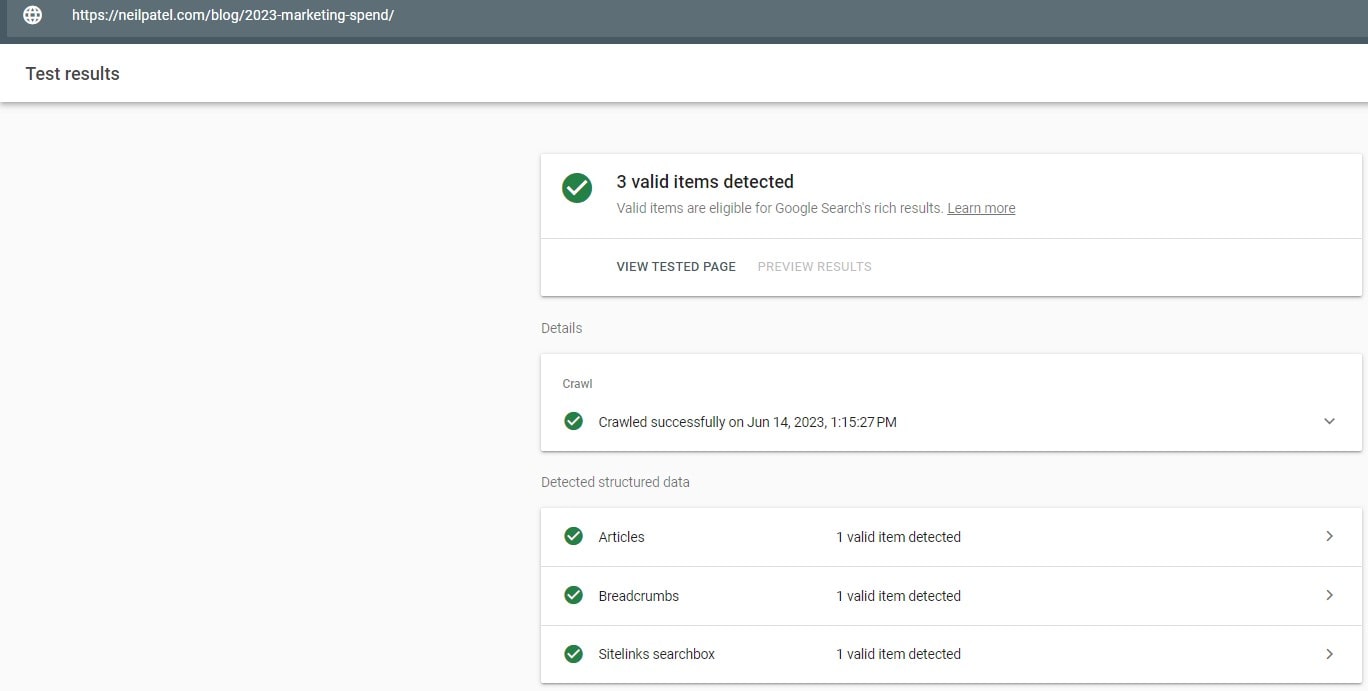
Getting ready to go beyond the fundamentals of SEO? Modern methods can greatly increase the visibility of your commerce website. Let’s look at strategies to help you win the digital race.
Enabling Schema Markup for Better Search Results
Powerful SEO tool schema markup communicates directly with search engines. It’s code that makes your website look better in SERPs and aids search engines in comprehending your content. For tradespeople, this can entail emphasizing services, regions covered, or client endorsements. Rich snippets that stand out in search results and maybe boost click-through rates can arise from schema markup. Start with the excellent Structured Data Markup Helper from Google. Benefits and implementation techniques of schema markup are further covered in Moz’s guide.
Keep Your Website Quick and Effective with Speed Optimization
Speed of a website matters. Slow sites can turn off visitors and hurt your search engine results. Give image optimization, browser caching, and CSS and JavaScript minimization your full attention. Site loading speeds can be much improved by these technical adjustments, which will also boost SEO and user experience. PageSpeed Insights from Google gives you a thorough performance analysis of your website along with doable suggestions for enhancement.
Advanced Tradesman Link-Building Methods
Building advanced links extends beyond simple directory entries. Think about doing guest blogging on respectable industry websites, writing whitepapers or case studies that others could find useful, and engaging in online trade groups or forums. When building links, quality comes before quantity; go for relevant, high-authority websites. Good backlinks are a powerful ranking indication, which emphasizes the need of deliberate link-building in search engine optimization, claims Backlinko.
All things considered, advanced SEO is a long-term dedication to raising your internet presence rather than a series of short solutions. Applying schema markup, speed-optimizing, and doing sophisticated link-building are investments in the digital health of your company. Grow your web presence with these sophisticated techniques.
Measuring and Analyzing Your SEO Success
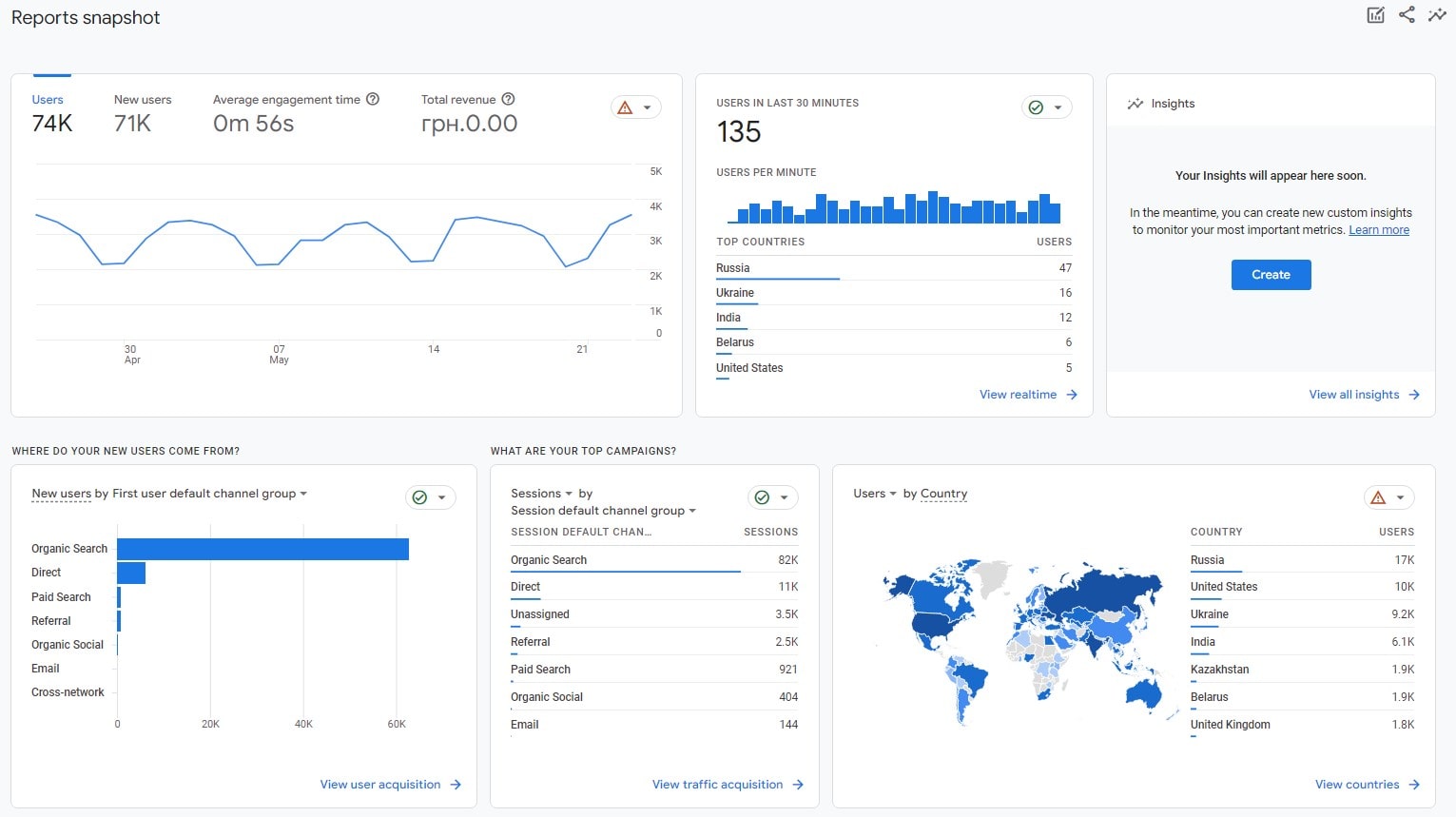
Setting tactics is only one aspect of SEO; another is evaluating their effectiveness. What indicators exist that your efforts are working? Measurement and analysis of SEO success will be covered.
Analytical Tools for Tracking SEO Success
Evaluation of an SEO strategy requires Google Analytics. They offer information about conversion rates, user activity, and website traffic. Track statistics including bounce rate, which shows how many people leave your website without engaging, and organic search traffic, which shows visitors arriving from search engines. The click-through rate (CTR) from search results to your website is an other important statistic. These measurements assist knowledge of the behavior of your audience and the effectiveness of your material. Start with the excellent Google instruction on comprehending these statistics.
Analysing SEO Data: What Is Success?
Understanding the implications of SEO data for your company goes beyond merely glancing at the stats. Both keyword ranks and organic traffic will increase with a solid SEO approach. See if your SEO efforts increase your visibility by routinely checking your keyword rankings. Track conversion rates as well—the proportion of website visitors who do the intended action. This shows traffic quality as much as volume. Excellent tools for deciphering these data pieces are provided by HubSpot.
Adapting Your SEO Strategy Using Data
The process of SEO never ends. Apply the information you’ve collected to your plan. Should some keywords not be doing well, think about changing them. Check into and enhance the user experience on any sites with significant bounce rates. Retaining your rankings requires regular content updates and staying current with SEO developments. As Search Engine Journal’s long-term SEO insights stress, SEO calls for patience and perseverance.
Gaining knowledge of and improving your digital marketing initiatives requires measuring and assessing your SEO success. It’s not only about the highs of seeing more traffic; it’s about always changing and refining your plans to keep and even exceed those outcomes. For the finest possible voyage across the digital sea, use analytics to guide your SEO ship and to continually change your sails.
Verdict
Though starting your SEO adventure may seem intimidating, keep in mind that every major achievement begins with little, regular actions. Using and knowing these SEO techniques enhances your internet visibility and brings in new business and prospects. Seeking additional strategies to improve your digital marketing skills? Explore the depth of information in other Plerdy pieces. There are tonne of ideas and advice in them, just waiting to be discovered. And Plerdy’s analytics tools are made to give you the edge in a competitive digital world if you’re prepared to improve the performance of your website. Watch your trading business grow tomorrow if you start today!
